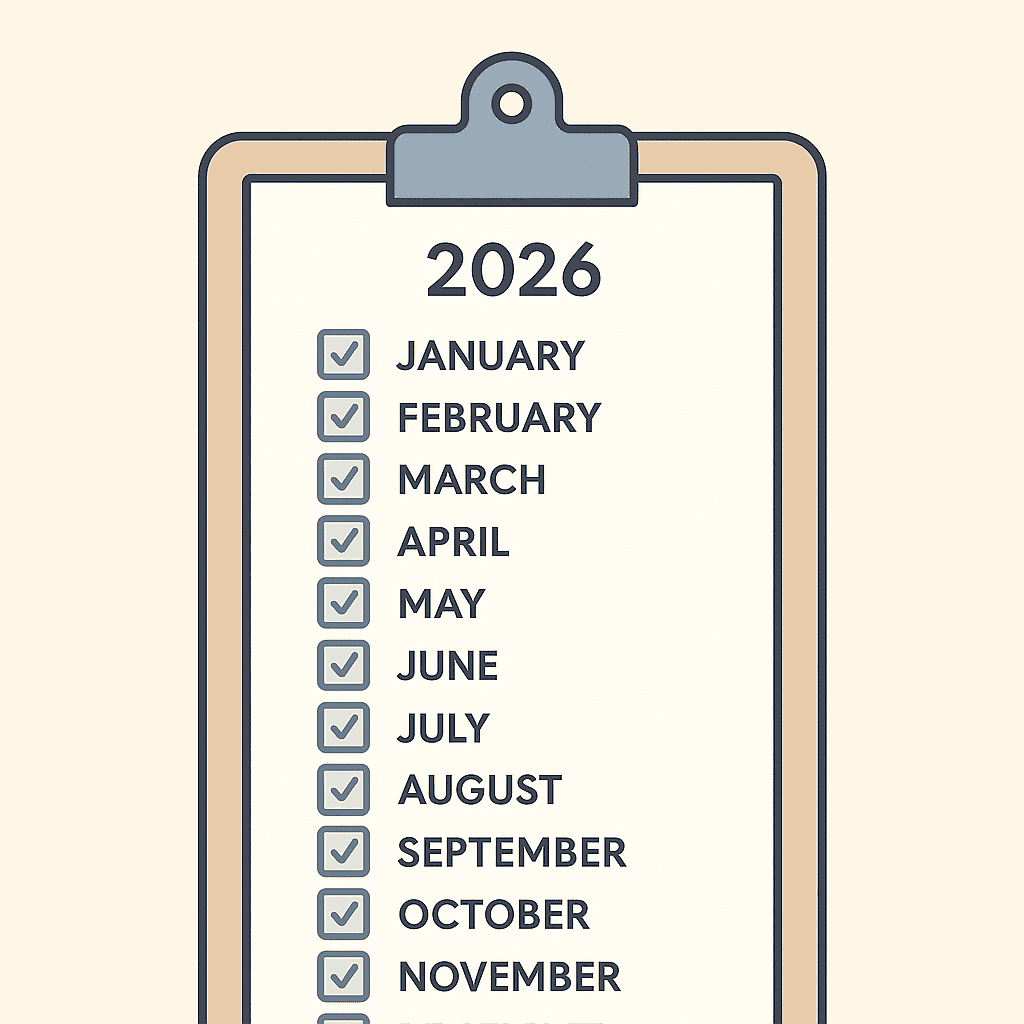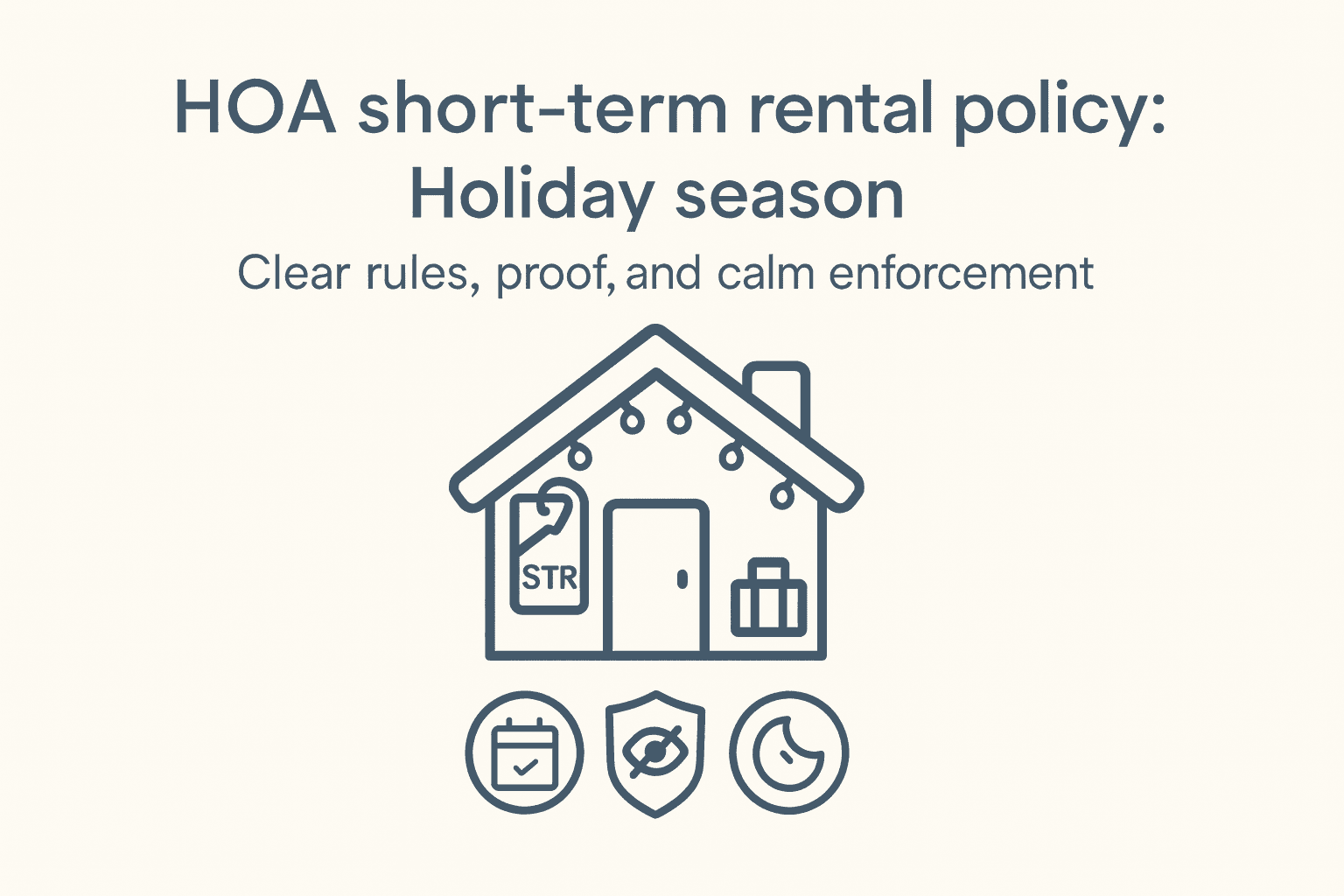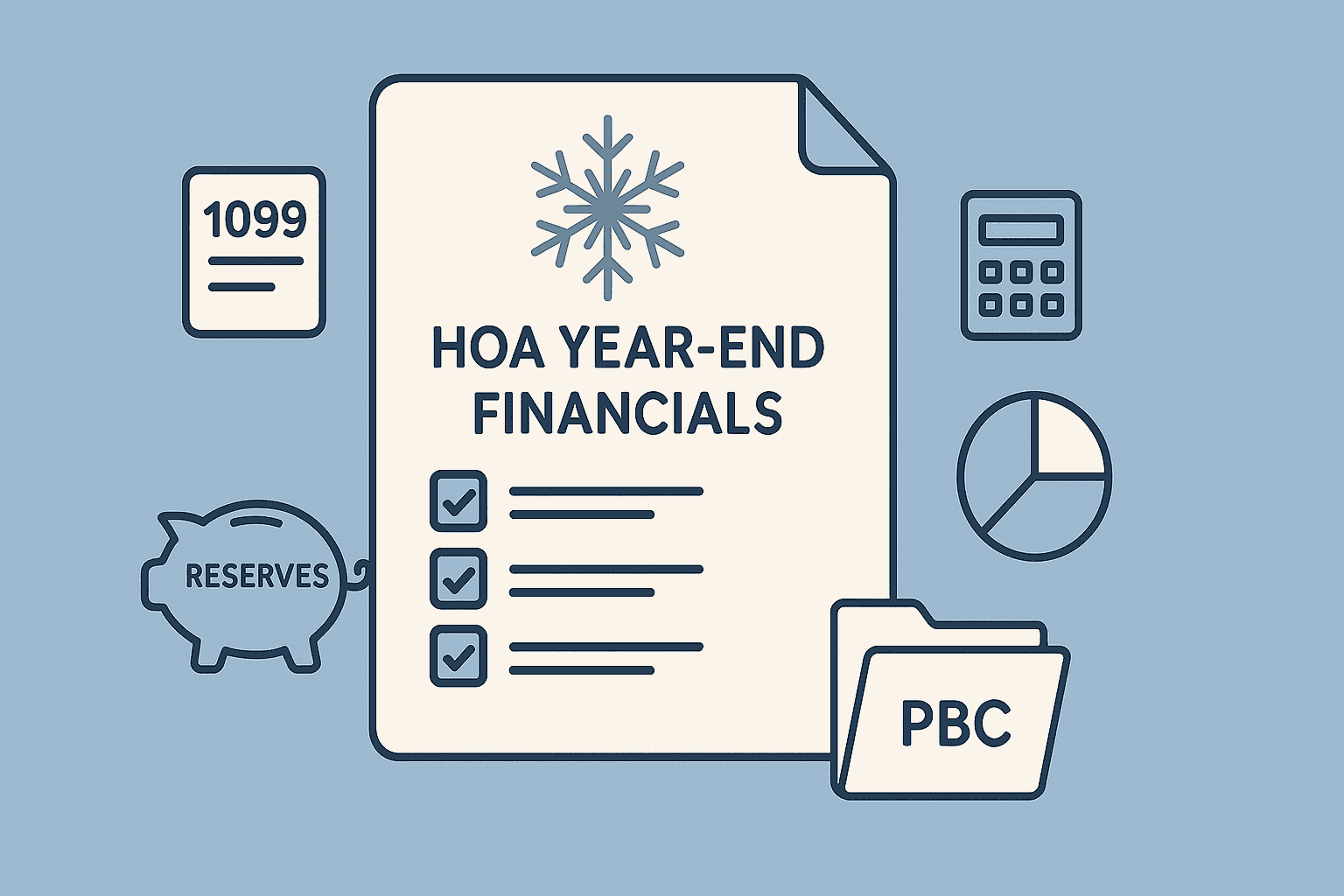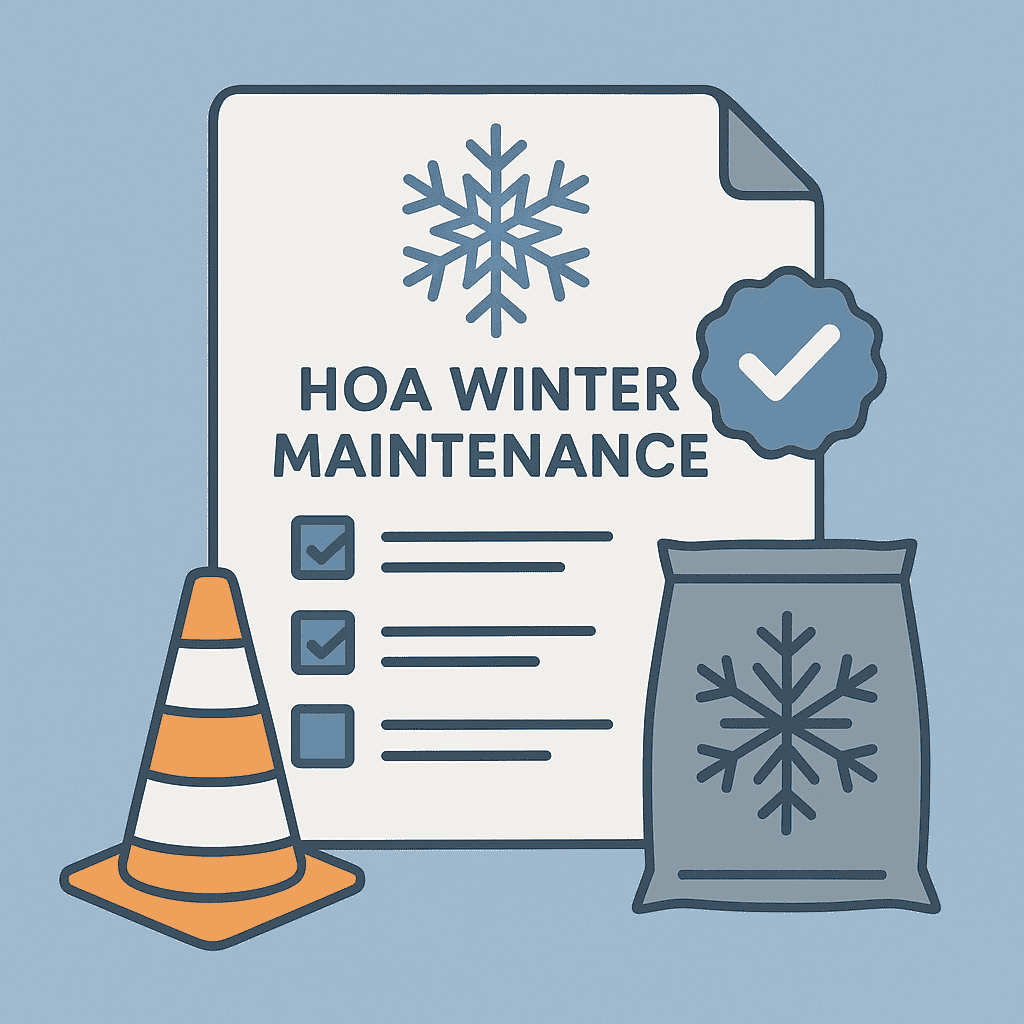HOA insurance: What your board needs to know
For HOAs, insurance is more than a legal checkbox - it’s peace of mind. This guide breaks down the most important types of insurance for community associations, how to evaluate your needs, and the common mistakes boards make when navigating coverage.

Insurance may not be the most exciting part of HOA governance, but it’s one of the most important. A well-chosen insurance policy can protect your homeowners association from financial risks, natural disasters, legal claims, and property damage. Get it wrong, and your board might find itself navigating costly legal disputes or major repairs without the coverage you thought you had.
In this post, I’ll explore what insurance really means for HOAs, the most common policies used in the U.S., how to evaluate your own needs, and what to be cautious about when working with providers.
Let’s dive in.
What insurance really means for your HOA
For many board members, insurance feels like a formality. But in reality, it’s a safeguard for the entire community. Your HOA owns common property – like roofs, lobbies, green spaces, pools, or parking structures – and the board is responsible for protecting those shared assets on behalf of all homeowners.
Insurance also helps you protect the people who live, work, or volunteer in your community. That might include a resident who slips on an icy sidewalk, a board member facing a lawsuit, or a vendor who accidentally damages HOA property during repairs.
Most HOAs are required by state law or their governing documents to carry specific types of insurance. But even when it’s not required, the right insurance policy is essential for long-term financial stability.
The most common types of HOA insurance
While every community has its own needs, most U.S. HOAs tend to carry a similar group of core policies:
- General liability insurance
This covers bodily injury or property damage claims made by third parties. If someone trips and falls in a common area, this is the policy that may cover medical bills or legal costs.
- Property insurance (sometimes called “hazard” or “structure” insurance)
This protects the HOA’s physical assets, such as roofs, hallways, fencing, or clubhouse buildings, from events like fire, vandalism, or storms. It usually doesn’t cover personal units – owners need their own policies for that.
- Directors and officers (D&O) insurance
D&O coverage protects board members from personal liability if they are sued for decisions made in their official role – like enforcing rules or approving budgets. Without this, board service can come with personal financial risk.
- Fidelity bond or crime insurance
This helps protect the association against financial loss due to fraud, embezzlement, or theft by board members, employees, or vendors.
- Workers’ compensation insurance
If your HOA hires maintenance staff or contractors who don’t carry their own coverage, you may be required to hold workers’ comp in case of injury on the job.
Other policies – like umbrella insurance, flood insurance, or equipment breakdown coverage – may be necessary depending on your location or assets.
How to choose the right insurance policies
There’s no one-size-fits-all policy for HOAs. What works for a 12-unit condo building in Boston won’t make sense for a large master-planned community in Arizona. Here’s how to start thinking through what your HOA really needs:
- Start with your governing documents.
Your bylaws or CC&Rs may spell out minimum coverage levels or required policies. These are legally binding and should be your first stop.
- Consider your property and risks.
Look at common facilities. Do you have elevators? A pool? Shared HVAC systems? Are you in a wildfire or hurricane zone? Each of these factors impacts your insurance needs.
- Talk to an insurance broker with HOA experience.
Find someone who specializes in community associations and understands the laws in your state. A good broker can help you compare quotes and spot gaps in your coverage.
- Understand the limits and deductibles.
Cheap policies often come with sky-high deductibles or strict exclusions. Make sure you understand not just what’s covered, but how well it’s covered – and what it would cost to make a claim.
- Revisit your coverage annually.
Property values, state laws, and resident needs can all change over time. Make it part of your board’s annual routine to review insurance documents and verify that everything is up to date.
What to watch out for
Insurance can be complex, and many boards unknowingly expose themselves to risk. Here are a few common pitfalls:
- Assuming owners’ insurance will fill in the gaps.
Owners insure their individual units – but they don’t cover shared structures, walkways, or amenities. That’s on the HOA.
- Overlooking D&O coverage.
Many small HOAs skip D&O insurance to save money. But if a board decision leads to a lawsuit, each member could be held personally liable. That might scare away residents from participating in administrative work in the HOA.
- Not accounting for natural disasters.
Standard property insurance often doesn’t cover earthquakes or floods. If your community is in a high-risk zone, you’ll need separate policies.
- Forgetting to insure volunteers.
If residents help with landscaping or clean-up days, make sure they’re covered in the event of injury.
- Letting policies auto-renew without review.
Insurers occasionally change coverage terms or exclusions. Always read the fine print before renewing.
Final thoughts
Insurance might not be the first thing your board thinks about – but it’s one of the smartest investments you can make in your HOA’s future. The right coverage protects your community, your budget, and your fellow board members when something goes wrong.
At Anyhoa, we believe board members deserve clarity and confidence when it comes to managing their association. That’s why we help HOAs organize documents, stay on top of policies, and work smarter with digital tools built just for associations like yours.






